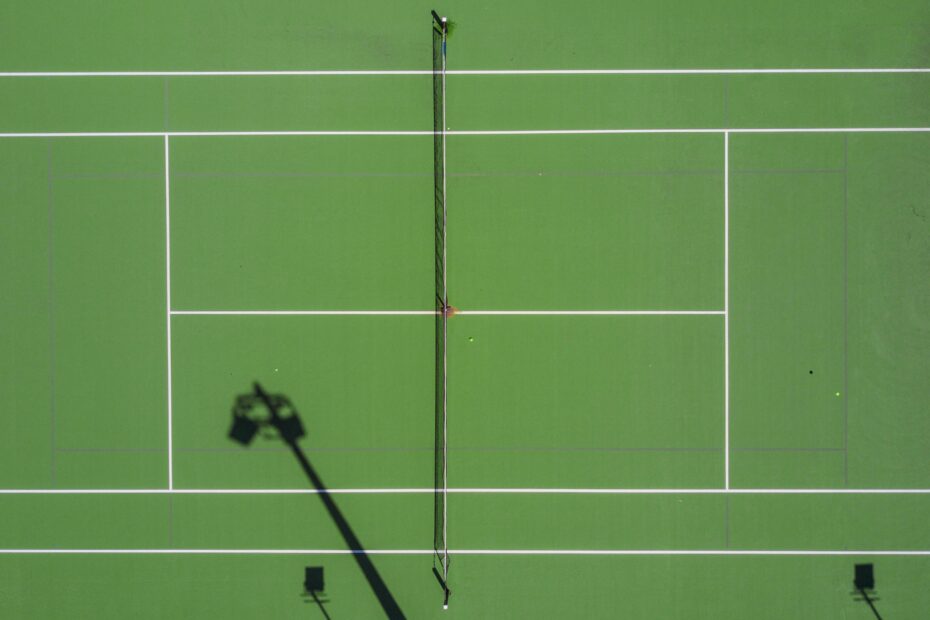Some of the eagle-eyed tennis fans among you may have noticed that yes, there is a pineapple fruit at the top of the Wimbledon Gentlemen’s Singles trophy. But why? Honestly, nobody really knows, although there have been many popular, plausible theories as to way this tropical fruit is the crown of the world’s most famous tennis event’s trophy. The peculiar design choice has puzzled tennis enthusiasts, casual fans, and even historians alike for years.
The Wimbledon Trophy
The Wimbledon Men’s Single Trophy is actually inscribed with the name “The All England Lawn Tennis Club Single Handed Championship of the World”, suggesting this to be the official name of the trophy. The trophy, which is crafted from silver gilt and stands at 18 inches (~46cm) tall, remains one of the most desirable trophies in the sporting world, let alone tennis, coinciding with the reputation of Wimbledon, The Championships. While Wimbledon itself is very well documented, the story behind the trophy and its pineapple are something of a mystery.
The current Wimbledon Men’s Singles Trophy is the third iteration. The first, known as The Field Cup, was permanently claimed by William Renshaw after his consecutive wins from 1881 to 1883. The second trophy, the Challenge Cup, also became Renshaw’s property after his continued dominance until 1886. The present trophy, introduced in 1887, was explicitly designed never to become the property of a single winner.
The current trophy features the names of all the champions since 1877, though since 2009, new winners’ names have been inscribed on a black plinth that accompanies the cup due to space constraints.
Some Plausible Answers and Theories
The most widely accepted theory behind the pineapple’s placement atop the Wimbledon Trophy relates to its status as a symbol of wealth and hospitality in the 19th century. During that era, pineapples were considered a rare and luxurious fruit. Introduced to Europe by great expeditioner Christopher Columbus in the late 15th century, pineapples remained difficult to obtain due to the challenges of transportation and cultivation in a non-tropical climate. This scarcity made them a symbol of opulence and luxury.
In high society, the presence of a pineapple at a banquet or as a decorative centrepiece was a sign of affluence and hospitality. It’s plausible that the designers of the Wimbledon Trophy chose the pineapple to reflect the prestige and elite status of the tournament, aligning it with the values and tastes of the Victorian era.
Another interpretation considers the pineapple as an emblem of victory and excellence. The Wimbledon Championships, being one of the four Grand Slam tournaments (and our favourite), represent the pinnacle of tennis achievement. Just as the pineapple was a rare and prized possession, so too is the honour of winning the Wimbledon Men’s Singles title. The fruit’s placement on the trophy could symbolise the exceptional achievement of being the best in the world.






